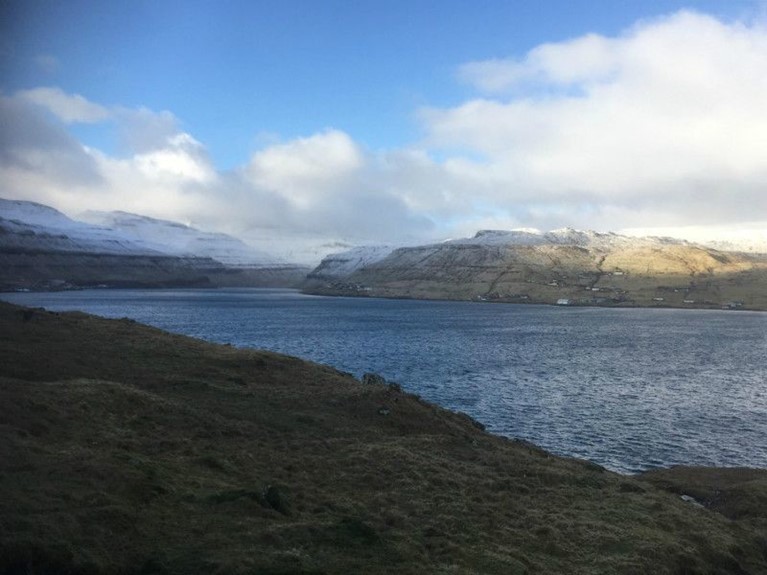ENVIRONMENT: the vegetation of the sea provides foundational sustenance to the animal life of the sea, but in fjords too much vegetation may be detrimental to animal life. Along with other researchers, two researchers at Fiskaaling have published a scientific paper, which analyses the results from a Ph.D. project, which confirms what happens to the organic materials produced by the vegetation found in one of our threshold fjords. In this case in Kaldbaksfjørður.
The results of the research show that a large part of the organic materials from the vegetation sinks to the seabed. However, the materials do not merely remain where they sunk, since the weather and the winds lift a large part of the materials back up into the sea to then be deposited at the deepest part of the fjord. Seabed bacteria absorb oxygen from the sea for breaking down organic materials. The more organic materials are present on the seabed, the more oxygen is being used. As such, more oxygen is used in the deepest part of the fjord.
This is especially unfortunate in threshold fjords – e.g. Kaldbaksfjørður, Skálafjørður, Kollafjørður, Sørvágsfjørður, Trongisvágsfjørður, and Vágsfjørður – since several threshold fjords have an isolated bottom layer during summers. The oxygen usage on the seabed decreases the oxygen content of the sea and it can become so low that all animal life dies, where such conditions occur.
This is one of the conclusions of a scientific paper by four researchers, which was published in January in the Journal of Marine Research.
The researchers in question are Gunnvør á Norði and Knud Simonsen at Fiskaaling, who have conducted the research along with Eilif Gaard, researcher and director at Havstovan, and Ronnie N. Glud, professor at Syddansk Universitetscenter, SDU.
The research, which the paper is based on, was conducted in connection with the Ph.D. project ‘Impact of Organic Enrichment on the Microbial Biogeochemistry and Overlying Water Qualitiy in Relation to Fish Farms in Faroese Fjords’, which ended in 2011. The Ph.D. project was funded by Statoil Faroes, Cheveron Føroyar, Geysir Petrolium, and Research Council Faroe Islands. The work to procure samples was conducted with good cooperation from Týggjará Ltd., which owned the aquaculture farm then located at Kaldbaksfjørður.
The paper can be read at this link:
http://www.sciencedirect.com/science/article/pii/S0924796316302858


